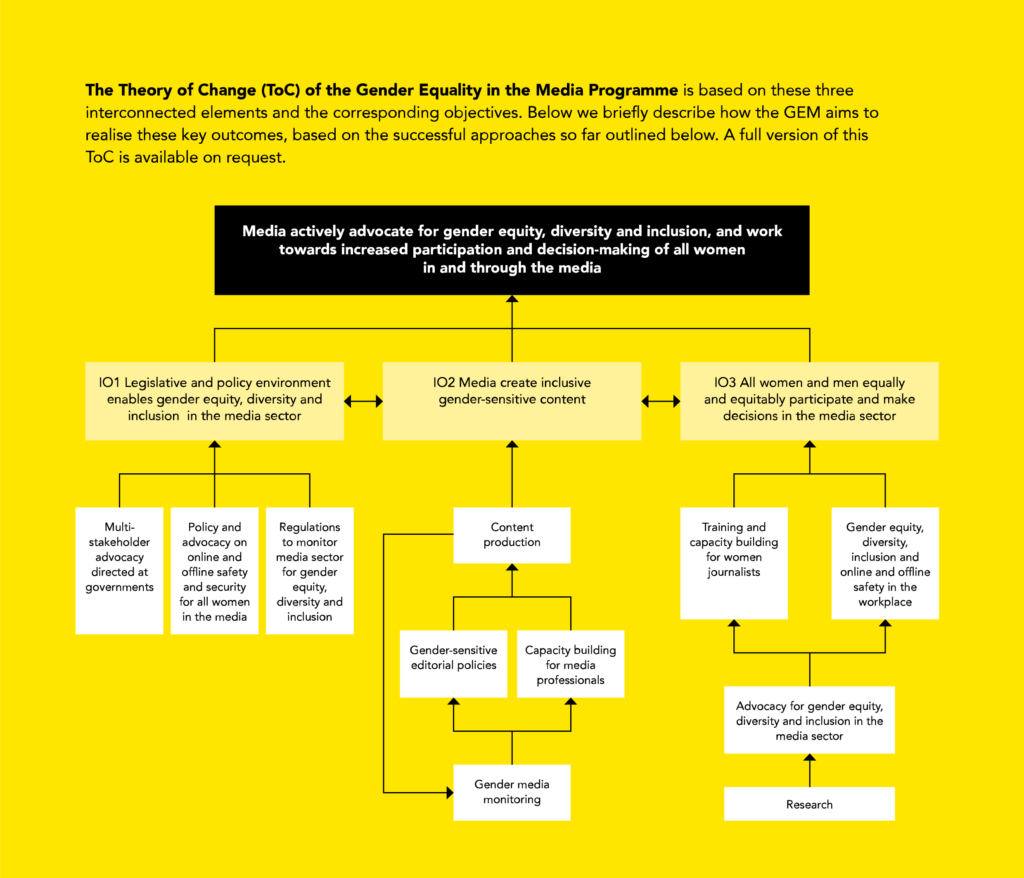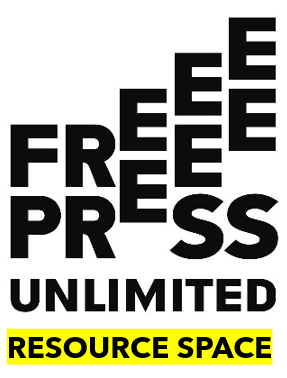Based on the gender analysis, you can start planning activities and interventions. This includes setting objectives, reviewing the budget and formulating indicators.
1. Setting objectives
Based on the gender analysis, it is important to define what the main problems are that the project will tackle. These problems may vary for different groups of men and women.
The next step is to formulate objectives: what are you aiming to change for each target group?
A Theory of Change helps to inform the objectives and strategies you will design. It allows you to be explicit about which changes are desired and how they are expected to occur. When formulating a Theory of Change the following questions are answered:
- What changes are you seeking to achieve?
- How will you (and others) make this happen?
- Why do you believe change will look like this?
(Based on Oxfam’s Guide to Feminist Influencing)
During the creation of your Theory of Change process it is essential to bring in gender equality concerns and expertise. Otherwise, there is a significant risk you will reproduce gender patterns and gender bias in process and results. It is important to reveal and analyse gender assumptions that are underlying the Theory of Change.
Overall, making a Theory of Change is a great opportunity to reflect on the gendered dimensions of a programme because it requires you to examine your assumptions critically.
(Based on Hivos’ Gender and Theories of Change)
Theory of Change of the Free Press Unlimited Gender Equality in Media (GEM) programme

2. Plan the activities
When planning activities and formulating project proposals, consider:
- How do the activities address the needs identified in the gender analysis?
- Who is involved in the development and implementation of the project? Are activities carried out by people who both women and men can relate to?
- Are there any constraints or barriers to women’s involvement in the project? For example, are activities taking place at a suitable place and time for women and men?
- Are there any strategies in place to overcome barriers to involvement?
- Could any activities cause a negative impact for women (or men)? How could the project mitigate this?
Budget
It is important to use a gender lens when setting the budget for the project. Think about:
- Are sufficient resources allocated to address gender inequalities?
- Is extra budget needed to ensure women’s participation in activities?
- Do you need to allocate any budget to developing activities specifically for women and girls, or men and boys, in order to increase gender equality?
Tool
The Gender Budget Scan helps to estimate planned expenses in function of their estimated impact/effect on the target groups of women and men.
3. Formulate indicators
When setting indicators to measure planned results, it is important to consider gender.
A gender-sensitive indicator is an indicator that measures gender-related changes in society over time.
By setting these indicators at the planning stage, you ensure that you will gather the necessary data to measure the gendered impact of your interventions.
Tool
UNESCO developed a framework of gender-sensitive indicators for media, both for improving media content and for increasing gender equality in media organisations.
Examples of gender-sensitive indicators:
- Proportion of men and women producing or reporting various news subjects (e.g. sports, politics and armed conflicts)
- Proportion of men and women holding leadership positions within media organisations
- Existence and implementation of flexible working arrangements for women and men
- Number of campaigns/advocacy initiatives carried out promoting gender equality in the media
- Number of men and women journalists/editors trained in gender-sensitive reporting
It is essential for all indicators in a project to ensure the collection of gender-disaggregated data, meaning that the measured change is registered separately for men and women. For example, instead of an indicator for the number of overall participants in a training, you should set indicators individually counting the number of women and the number of men participants.
Gathering gender-disaggregated data is crucial in order to understand if interventions have a differential impact for men and women.
Read more
Sex-disaggregated data by the European Institute for Gender Equality (EIGE)
When you have concluded the planning phase, you can continue to the next step: implementation.
